
Winter is coming, and like every year, the issue of reducing gas consumption in the domestic sector and the challenge of energy imbalance is once again highlighted. Energy expert Hossein Mirafazli warns that excessive dependence on gas for home heating is a strategic mistake that has faced the country with an energy imbalance crisis during the cold season. He emphasizes the need to establish a Ministry of Energy, promote incentive schemes, and utilize modern technologies to reduce gas consumption.

Ali Akbar Moinfar, Iran's first oil minister, was a man whose life fluctuated between earthquake science and oil politics; a figure who was both dubbed the father of Iranian earthquake engineering and whose name was immortalized in the history of the oil industry.
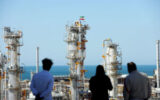
The more than two-decade-old contract to export 10 billion cubic meters of Iranian gas annually to Turkey expires in mid-2026, but unlike in the past, there is no sign of Ankara's willingness to extend it this time. This is an issue that experts see as not only a threat to the country's gas revenue, but also a danger to Iran's geopolitical position in the region.

The publication of a strange news item by the international media outlet "TankerTrackers" stating that Iranian tankers' trackers have been turned on after seven and a half years has inflamed the oil scene. A claim that some experts consider a sign of "shadow government" interference and an attempt to create a crisis and new pressure on the new government. But what is the story?
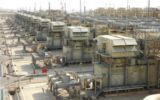
The CEO of South Zagros Oil and Gas Company, referring to more than three decades of production from the Nar gas field, said that with the implementation of the pressure boost project since year 2, more than 5 % of the gas has been produced and its conversion program is underway.
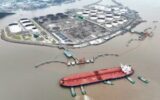
Despite the annual increase in China's crude oil imports in September, the country's imports declined compared to August, reaching the lowest level from the beginning of the year. At the same time, imports from Iran have also fallen to the lowest level since January.
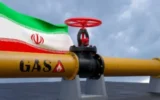
Hassan Moradi, an energy expert, believes that the end of Iran's gas export contract to Turkey in 2026 could have economic and security consequences for the country. He emphasizes that Iran must use energy diplomacy and a smart approach to persuade Turkey to extend gas cooperation.

A few days ago, the Minister of Oil announced that two new layers of oil and gas were discovered during the drilling of the second well of the Pazan field, located on the border of the three provinces of Bushehr, Fars, and Kohgiluyeh-Bovir Ahmad. This news contains 5 basic points.
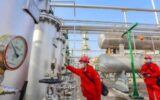
Iran exports millions of tons of methanol to China annually at a meager profit, while the country has created hundreds of times more value added by converting the same methanol into propylene, the “petrochemical caviar,” and has achieved 96 percent self-sufficiency in propylene production. An opportunity that Iran could have used to complete its petrochemical value chain by investing in domestic MTP units and move from selling crude to creating sustainable wealth.
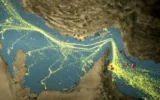
A member of the Majlis National Security Commission still threatened to close the Strait of Hormuz, while such a speech may seem attractive to the general audience, in fact deepest disregard for Iran's economic and geopolitical realities. The key question is if the Strait of Hormuz really closes, who is most damaged? The answer is clear, Iran itself. Even if the country's oil exports reach 6,000 barrels a day, there is still no other way than to cross the same strait.










